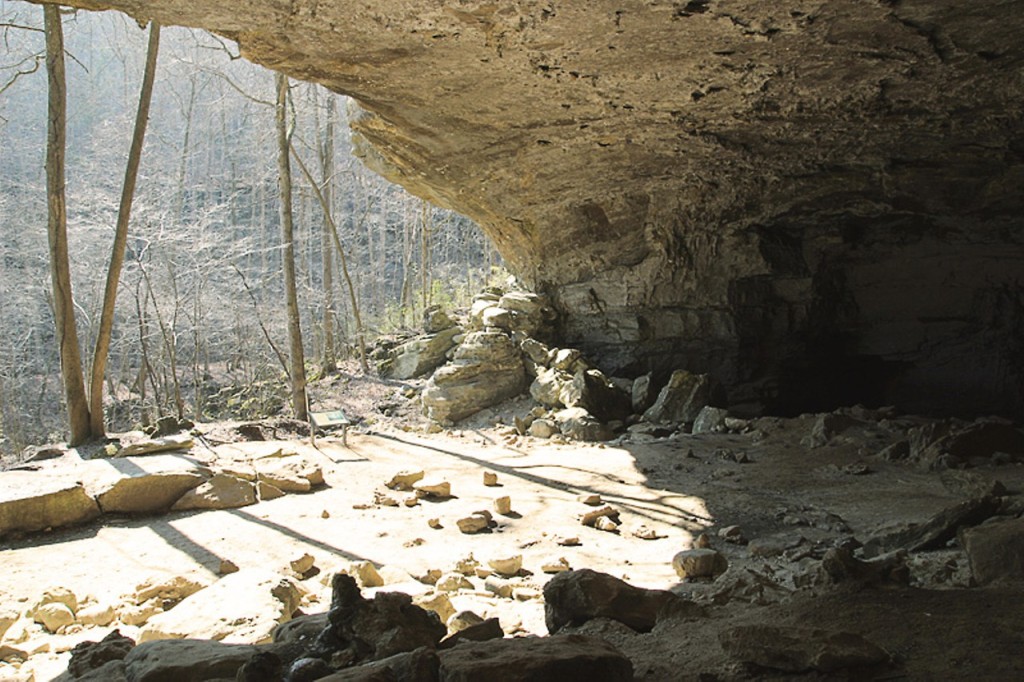Exploring Forgotten Native American Burial Grounds within Park Boundaries
Introduction:
In our quest for urban exploration, we often stumble upon hidden historical treasures that have been long forgotten. One such intriguing aspect of exploration within park boundaries is the discovery of Native American burial grounds. These sacred sites hold immense cultural and historical significance, yet they are often overlooked or neglected. In this article, we will delve into the importance of preserving these burial grounds and discuss some notable examples found within parks across the United States.
1. Understanding the Significance:
Native American burial grounds serve as a connection to ancestral heritage and traditions. They are considered sacred spaces where ancestors rest in peace, making them crucial elements of indigenous cultures. The remains buried in these grounds represent a tangible link to past communities’ history and their spiritual beliefs.
2. Preservation Challenges:
Unfortunately, many Native American burial grounds face various preservation challenges due to neglect, vandalism, development projects, or even unawareness about their existence by park authorities or visitors. These factors contribute to erosion of cultural identity and loss of valuable archaeological information.
3. Legal Protections:
Recognizing the importance of preserving Native American burial grounds, several laws have been enacted to protect them from desecration and destruction at both federal and state levels in the United States. The most significant legislation is the Native American Graves Protection and Repatriation Act (NAGPRA), which aims to safeguard native burials while respecting tribal sovereignty.
4. Notable Examples:
4a) Cahokia Mounds State Historic Site – Illinois: This UNESCO World Heritage site contains one of North America’s largest pre-Columbian cities with vast earthwork mounds built by Mississippian culture people between 900-1500 CE. While not explicitly a burial ground site alone, it includes several mound structures believed to have served as ceremonial centers where important individuals were interred.
4b) Effigy Mounds National Monument – Iowa: Located along the Mississippi River, this national monument preserves more than 200 prehistoric mounds shaped like animals and birds. These mounds were constructed by various Native American cultures between 700-1300 CE and are considered sacred burial sites.
4c) Mound City Group National Monument – Ohio: Part of the Hopewell Culture National Historical Park, this site protects one of the most exceptional concentrations of earthwork mounds in North America. The mounds were built by the Hopewell culture around 200 BCE to 500 CE and served as burial grounds for their communities.
4d) Serpent Mound – Ohio: An iconic effigy mound representing a snake with an elongated body coiled into multiple curves, located on a plateau overlooking Ohio Brush Creek. Estimated to be over 1,000 years old, its purpose remains uncertain but is believed to have had ceremonial or astronomical significance for ancient indigenous people.
5. Community Efforts:
Recognizing the need for preservation and education about these sacred sites, several native tribes and local communities have taken initiatives to restore, protect, and raise awareness about Native American burial grounds within park boundaries. Collaborative efforts between tribal representatives, archaeologists, park authorities, and interested individuals play a vital role in ensuring these sites are respected while educating visitors about their historical value.
6. Ethical Exploration:
When exploring parks that may contain Native American burial grounds or other significant cultural sites, it is essential to approach them with respect and sensitivity. Always adhere to park rules regarding restricted areas or access limitations set up specifically to protect such areas from unintentional damage or disturbance.
Conclusion:
Native American burial grounds within park boundaries hold immense cultural importance and deserve our utmost respect and preservation efforts. By understanding their significance, supporting legal protections, highlighting notable examples across the United States like Cahokia Mounds State Historic Site in Illinois or Serpent Mound in Ohio, recognizing community initiatives dedicated to preservation, and approaching exploration ethically, we can ensure that these sacred sites are not forgotten but cherished for generations to come.

Leave a comment